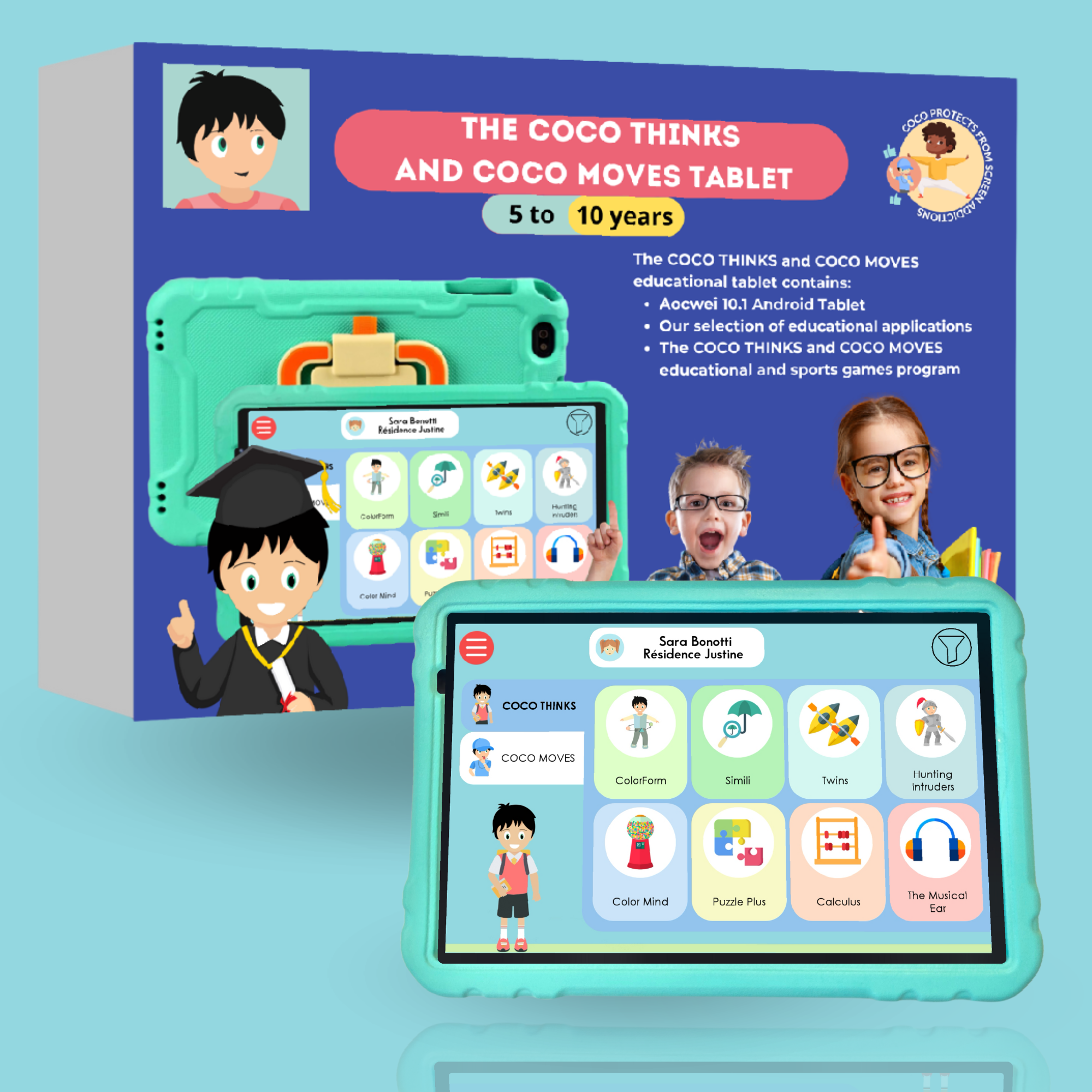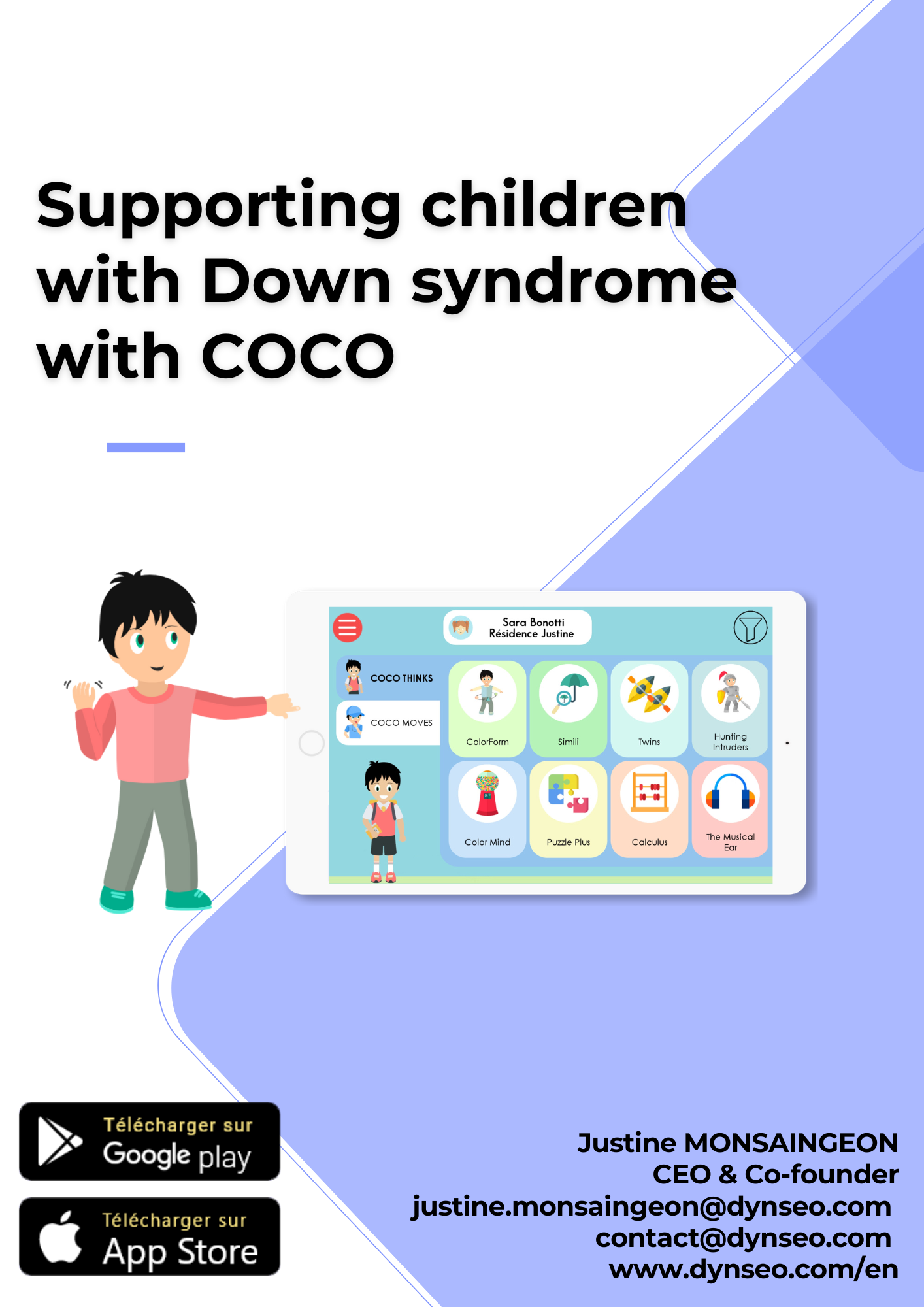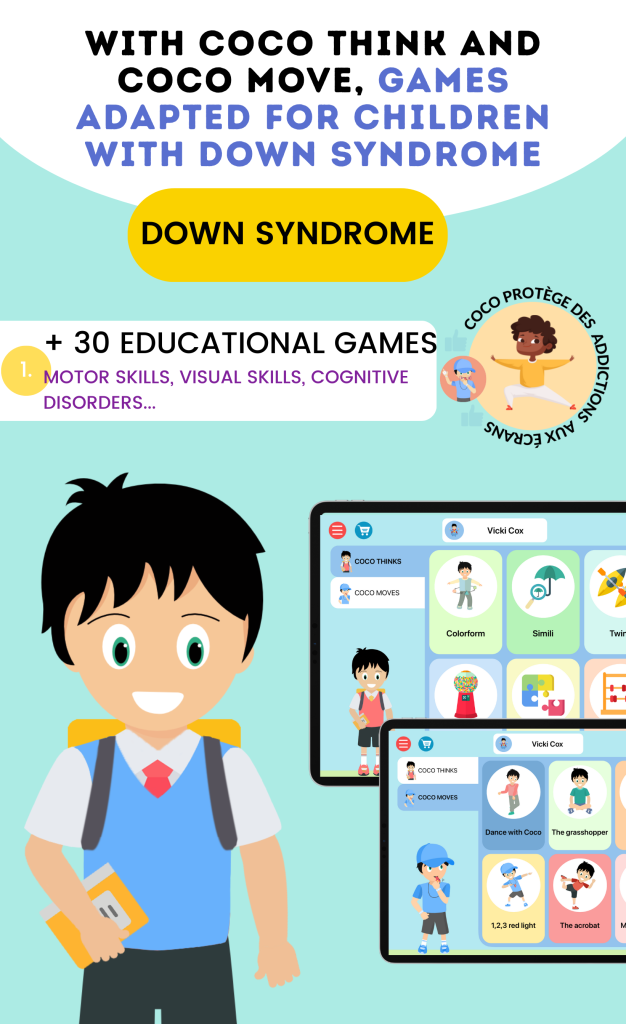When we think about Down syndrome, we often recognize it as a genetic condition that affects physical and cognitive development. Individuals with Down syndrome typically have an extra copy of chromosome 21, which can lead to a variety of developmental challenges. Among these challenges, communication difficulties are particularly prominent.
These difficulties can manifest in various ways, including delayed speech development, limited vocabulary, and challenges in understanding complex language. As we engage with individuals who have Down syndrome, it becomes essential for us to understand the unique communication hurdles they face. Moreover, the communication challenges associated with Down syndrome are not solely about speech.
Many individuals may struggle with social communication skills, such as taking turns in conversation or interpreting non-verbal cues. This can lead to feelings of frustration and isolation for both the individual and their loved ones. By recognizing these challenges, we can better support individuals with Down syndrome in their communication journeys.
It is crucial for us to foster an environment that encourages open dialogue and understanding, allowing individuals to express themselves in ways that are comfortable and effective for them.
Importance of Visual and Interactive Supports for Individuals with Down Syndrome
Visual and interactive supports play a vital role in enhancing communication for individuals with Down syndrome. These supports can bridge the gap between their understanding and expression, making it easier for them to convey their thoughts and feelings. By incorporating visual aids, we can provide context and clarity that may be lacking in verbal communication alone.
This approach not only aids comprehension but also empowers individuals to engage more fully in conversations. Furthermore, interactive supports can create opportunities for meaningful engagement. When we use tools such as picture exchange systems or interactive apps, we encourage individuals to participate actively in their communication process.
This not only boosts their confidence but also fosters a sense of autonomy. By prioritizing visual and interactive supports, we can create a more inclusive environment where individuals with Down syndrome feel valued and understood.
Types of Visual Supports for Communication

There are various types of visual supports that we can utilize to enhance communication for individuals with Down syndrome. One common method is the use of picture schedules, which outline daily activities through images. These schedules help individuals anticipate what comes next, reducing anxiety and promoting independence.
By visually representing tasks, we enable individuals to understand their routines better and communicate their needs effectively. Another effective visual support is the use of communication boards or books. These tools consist of images or symbols that represent words or phrases, allowing individuals to point to what they want to say.
This method is particularly beneficial for those who may have limited verbal skills. Additionally, we can incorporate technology by using apps designed for augmentative and alternative communication (AAC). These apps often feature customizable symbols and voice output, providing a dynamic way for individuals to express themselves.
Strategies for Implementing Visual and Interactive Supports
Implementing visual and interactive supports requires thoughtful planning and consideration. First, we should assess the individual’s specific needs and preferences. This assessment will guide us in selecting the most appropriate tools and strategies.
For instance, some individuals may respond better to pictorial representations, while others may benefit from digital applications. By tailoring our approach, we can ensure that the supports we provide are effective and engaging. In addition to selecting the right tools, consistency is key when implementing visual supports.
We should integrate these tools into daily routines and interactions to reinforce their use. For example, if we introduce a picture schedule, we must consistently refer to it throughout the day. This repetition helps individuals become familiar with the supports and encourages them to use them independently over time.
Moreover, involving family members and caregivers in this process fosters a collaborative approach that enhances communication opportunities.
Benefits of Using Visual and Interactive Supports for Communication
The benefits of using visual and interactive supports for communication are manifold. One significant advantage is the enhancement of comprehension. By providing visual context, we help individuals with Down syndrome grasp concepts that may be challenging through verbal communication alone.
This increased understanding can lead to improved participation in conversations and social interactions. Additionally, visual supports can reduce frustration associated with communication breakdowns. When individuals have access to tools that facilitate expression, they are less likely to feel overwhelmed or misunderstood.
This empowerment can lead to greater self-esteem and confidence in their ability to communicate effectively. Ultimately, by embracing visual and interactive supports, we create an environment where individuals with Down syndrome can thrive socially and emotionally.
Tips for Supporting Communication Development in Individuals with Down Syndrome

Supporting communication development in individuals with Down syndrome involves a multifaceted approach. First and foremost, we should prioritize patience and encouragement. Communication may take time to develop, so celebrating small successes along the way is essential.
By providing positive reinforcement, we motivate individuals to continue practicing their communication skills. Another important tip is to engage in meaningful conversations that reflect the individual’s interests. When we discuss topics that resonate with them, we capture their attention and encourage participation.
Additionally, using clear and simple language while incorporating visual supports can enhance understanding. By modeling effective communication strategies ourselves, we set a positive example for individuals to follow.
Overcoming Barriers to Communication with Visual and Interactive Supports
Despite the advantages of visual and interactive supports, barriers may still arise in the communication process. One common challenge is the lack of awareness or training among caregivers and educators regarding these tools. To overcome this barrier, we must advocate for training programs that educate stakeholders on the importance of visual supports in enhancing communication for individuals with Down syndrome.
Another barrier may be resistance from individuals themselves who may feel self-conscious about using visual aids or technology. To address this concern, we should create a supportive environment where using these tools is normalized and encouraged. By fostering a culture of acceptance and understanding, we can help individuals feel more comfortable utilizing visual supports as part of their communication toolkit.
Resources and Tools for Implementing Visual and Interactive Supports
To effectively implement visual and interactive supports for communication, we can access a variety of resources and tools available today. Numerous websites offer free printable visuals that can be customized to meet individual needs. These resources often include picture cards, schedules, and social stories designed specifically for individuals with Down syndrome.
Additionally, there are several apps available that cater to augmentative and alternative communication (AAC). These apps provide customizable options for users to create their own communication boards or schedules while incorporating voice output features. By exploring these resources together, we can empower individuals with Down syndrome to take charge of their communication journey.
In conclusion, understanding the unique communication challenges faced by individuals with Down syndrome is crucial in fostering effective interactions. By prioritizing visual and interactive supports, we can enhance comprehension, reduce frustration, and promote independence in communication. Through thoughtful implementation strategies and ongoing support, we can create an inclusive environment where every individual feels heard and valued.
Together, let us continue advocating for the use of these essential tools in supporting the communication development of individuals with Down syndrome.





